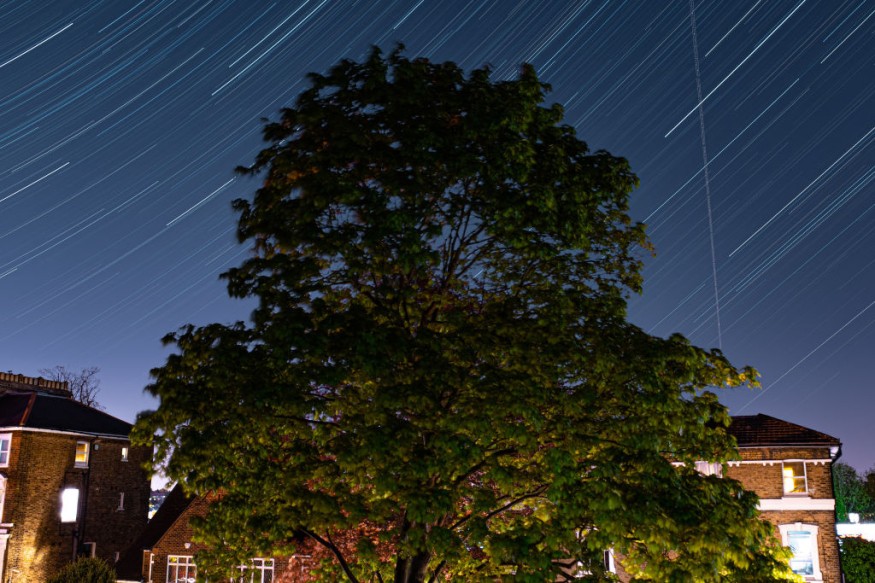A meteor storm reportedly consisting of over 1,000 shooting stars per hour will possibly envelop the night skies of North America next week.
The celestial storm comes from the so-called tau Herculids meteor shower, which can occur overnight from Monday to Tuesday, May 30 to May 31.
Space enthusiasts, star gazers, and sky watchers in Canada and the United States might have to wait for the meteor storm to transpire, as there is a reported possibility the night-time spectacle may not occur; unless the speed of the storm and its trajectory coincides with Earth.
The potential meteor shower includes space rock debris from the comet known as 73P/Shwassmann-Wachmann or SW3, discovered by German astronomers Arnold Schwassmann and Arno Arthur Wachmann back in 1930.
Tau Herculids Meteor Shower

According to a National Aeronautics and Space Administration (NASA) blog post, there is a chance we may not see the shooting stars, indicating it will be an "all or nothing event."
However, if the debris travels over 220 miles per hour when it got separated from SW3, Earth may still have a shot to witness the meteor show, according to Bill Cooke of NASA.
Cooke adds there will be no meteors from SW3 that will make it to Earth if the debris had slower ejection speeds.
Cooke spearheads the Meteoroid Environment Office of NASA, situated at the Marshall Space Flight Center in Huntsville, Alabama.
NASA stated that the SW3 orbits the Sun every 5.4 years and was first seen again in the 21st century back in 2006 with debris consisting of almost 70 pieces at that time.
After its discovery in 1930, the comet was only seen again in the 1970s and remained normal until 1995, a time when astronomers realized the space object became brighter by around 600 times.
Meteor Storm
Despite the possibility Earth might not pass the debris caused by the comet fragment, the tau Herculids could cause a meteor storm where some small meteoroids can enter our planet's atmosphere.
According to NASA, these meteors can travel very slowly with only a speed of 10 miles per second.
In addition, the US space agency noted the radiance from the tau Herculids will peak in the night sky during the forecast peak time.
Furthermore, over 1,000 fireballs are reportedly possible if the meteor shower occurs as some debris will smash through our planet's atmosphere.
2022 Meteor Showers
After the tau Herculids, as well as the Lyrids meteor shower in late April and Eta Aquarids in early May, the following meteor showers have been forecasted to occur in the remainder of the year, as compiled by Space.com:
- Perseids meteor shower on August 11 and August 12
- Orionids meteor shower on October 20 and October 21
- Northern Taurids meteor shower on November 11 and November 12
- Leonids meteor shower on November 17 and November 18
- Geminids meteor shower on December 13 and December 14
Meteor showers are named after the constellation where they appear to be coming from.
For instance, the Orionids meteor shower in October originated near the constellation called "Orion the Hunter," according to NASA.
Related Article: Famous Lyrid Meteor Shower to Peak this Week
© 2025 NatureWorldNews.com All rights reserved. Do not reproduce without permission.





